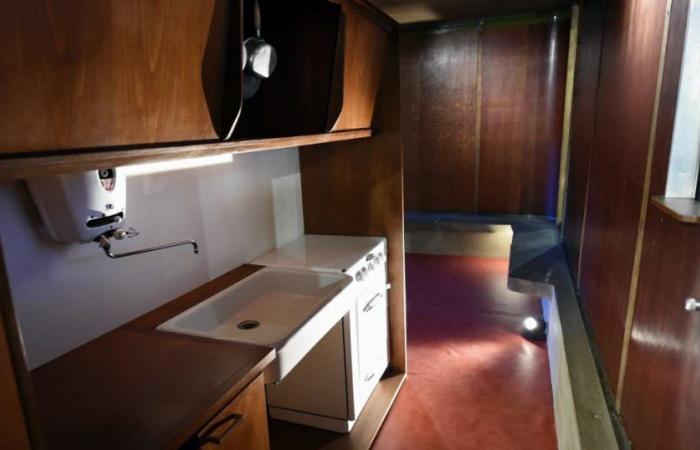There are two of them with a history linked to Meurthe-et-Moselle, but not the same journey. One is a famous designer, the other a priest, who served in the National Assembly. A house links them, the House of Better Days, designed by Jean Prouvé in 1956, a remarkable example of industrialized architecture and emergency social housing.
The project was born following Abbé Pierre’s radio appeal during the winter of 1954, which mobilized public opinion around the tragedy of the homeless. The man of the Church asked Jean Prouvé to design a reproducible and economical habitat.
The house, with a surface area of approximately 57 m², includes two bedrooms, a living room, a kitchen and a bathroom. Its innovative construction principle is based on two key elements, a single folded sheet metal beam and a central steel core housing the kitchen and bathroom.
The envelope is made of thermoformed wood sandwich panels, while the cover is made of aluminum trays. The whole rests on a concrete base.
The prototype was assembled in just seven hours on the Quai Alexandre-III in Paris. The architect Le Corbusier called it “the most beautiful house I know, the most perfect means of habitation, the most sparkling thing built.”
Despite its initial success and its potential to solve the housing crisis, the House of Better Days did not receive the official approval necessary for its mass production. The standards of the time judged that the kitchen and the bathroom did not have enough openings to the outside.
Although only a few examples were made, the habitat remains a symbol of Jean Prouvé’s commitment to the industrialization of housing and his ideal of “light and dynamic” housing. It also testifies to the fruitful collaboration between a visionary architect and a major player in the fight against poor housing, illustrating the potential of architecture to respond to urgent social challenges.
Nancy’s “do you know” can also be listened to as a podcast
This content is blocked because you have not accepted cookies and other trackers.
Clicking on ” I accept “cookies and other trackers will be placed and you will be able to view Acast content (more information).
Clicking on “I accept all cookies”you authorize the storage of cookies and other trackers for the storage of your data on our sites and applications for personalization and advertising targeting purposes.
You can withdraw your consent at any time by consulting our data protection policy.
Manage my choices
I accept
I accept all cookies






